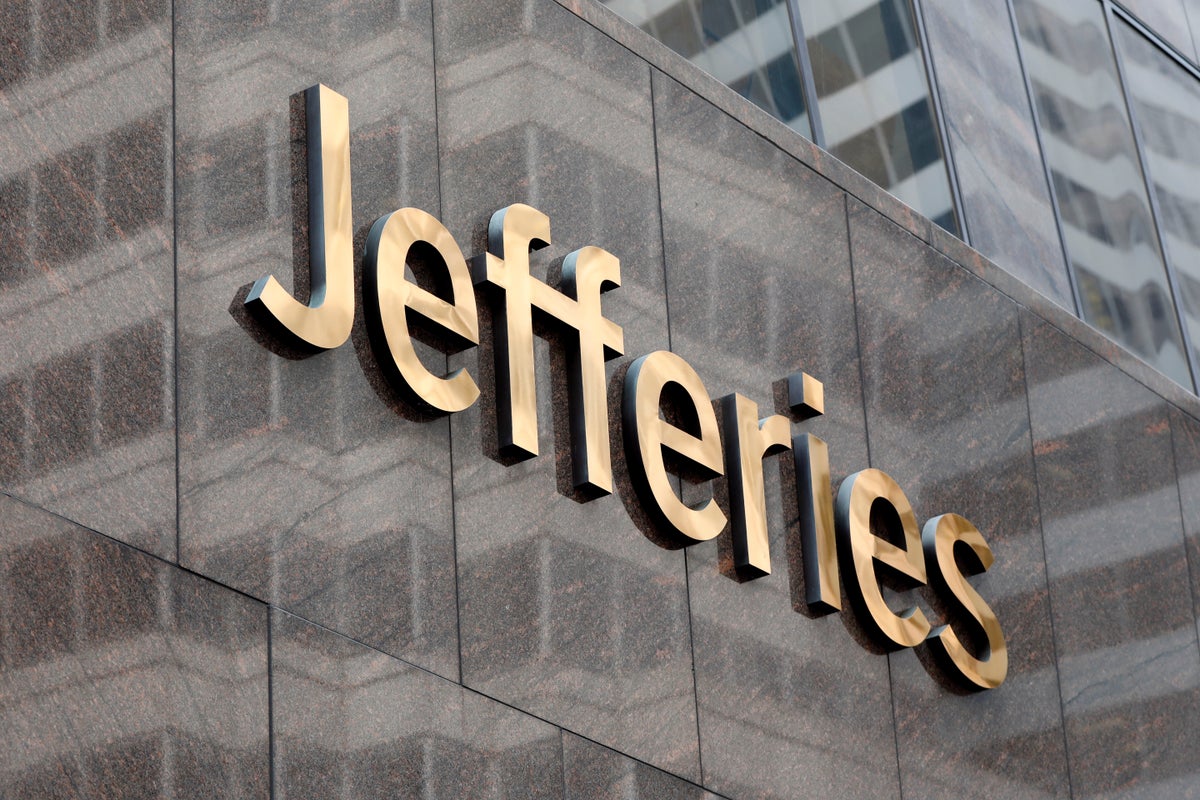
Wall Street is concerned about the health of the nation’s regional banks, after a few of them wrote off bad loans to commercial customers in the last two weeks and caused investors to wonder if there might be more bad news to come.
Zions Bank, Western Alliance Bank and the investment bank Jefferies surprised investors by disclosing various bad investments on their books, sending their stocks falling sharply this week. JPMorgan Chase CEO Jamie Dimon added to the unease when he warned there might be more problems to come for banks with potentially bad loans.
“When you see one cockroach, there are probably more,” Dimon told investors and reporters on Tuesday, when JPMorgan reported its results.
The KBW Bank Index, a basket of banks tracked by investors, is down 7% this month.
There were other signs of distress. Data from the Federal Reserve shows that banks tapped the central bank’s overnight “repo” facilities for the second night in a row, an action banks have not needed to take since the Covid-19 pandemic. This facility allows banks to convert highly liquid securities like mortgage bonds and treasuries into cash to help fund their short-term cash shortfalls.
Zions Bancorp shares sank Thursday after the bank wrote off $50 million in commercial and industrial loans, while Western Alliance fell after the bank alleged it had been defrauded by an entity known as Cantor Group V LLC. This came on top of news from Jefferies, which told investors it was holding $5.9 billion in debt of bankrupt auto parts company First Brands. All three stocks recovered a bit by midday Friday.
Even larger banks were not immune. Several Wall Street banks disclosed losses in the bankruptcy of Tricolor, a subprime auto dealership company that collapsed last month. Fifth Third Bank, a larger regional bank, recorded a $178 million loss from Tricolor’s bankruptcy.
While the big Wall Street banks get most of the media and investor attention, regional banks are a major part of the economy, lending to small-to-medium sized businesses and actin as major lenders for commercial real estate developers. There are more than 120 banks with between $10 billion and $200 billion in assets, according to the FDIC.
While big, these banks can run into trouble because their businesses are not as diverse as the Wall Street money center banks. They’re often more exposed to real estate and industrial loans, and don’t have significant businesses in credit cards and payment processing that can be revenue generators when lending goes south.
The last banking flare up, in 2023, also involved mid-sized and regional banks that were overly exposed to low-interest loans and commercial real estate. The crisis caused Silicon Valley Bank to fail, followed by Signature Bank, and led to the eventual sale of First Republic Bank to JPMorgan Chase in a fire sale. Other banks like Zions and Western Alliance ended up seeing their stocks plummet during that time period.







